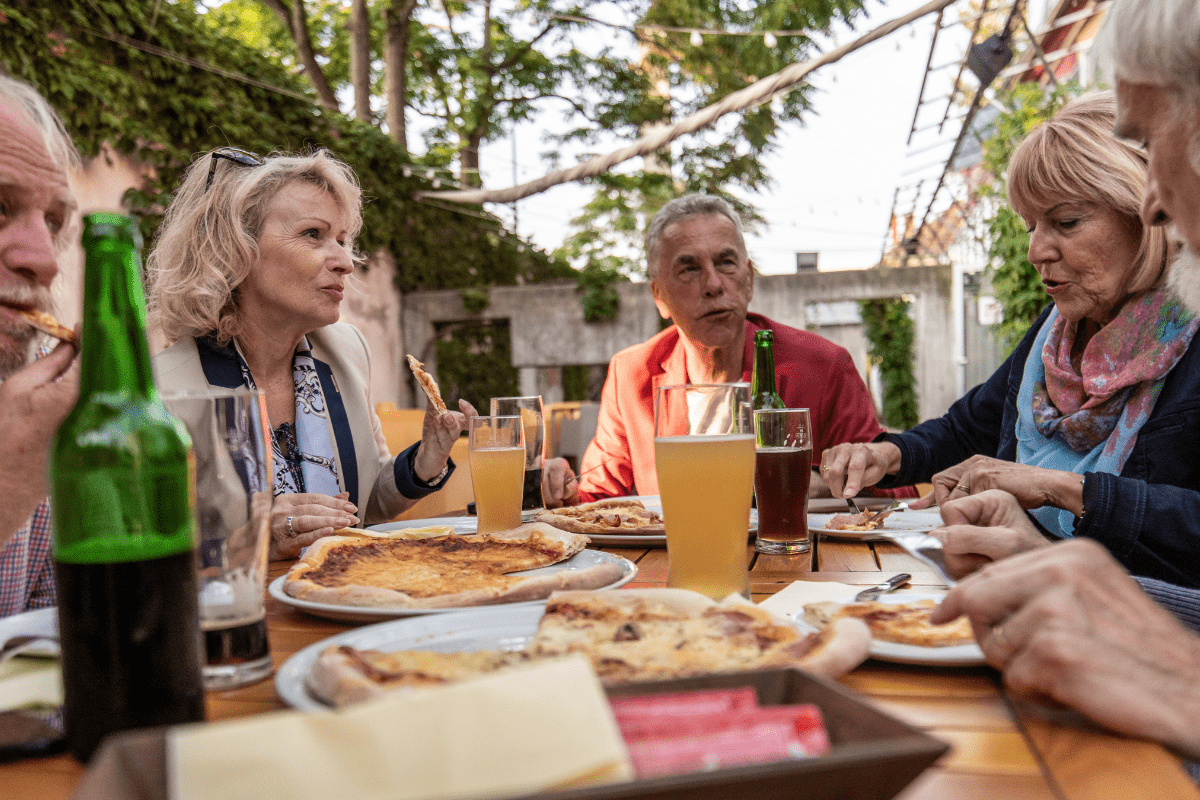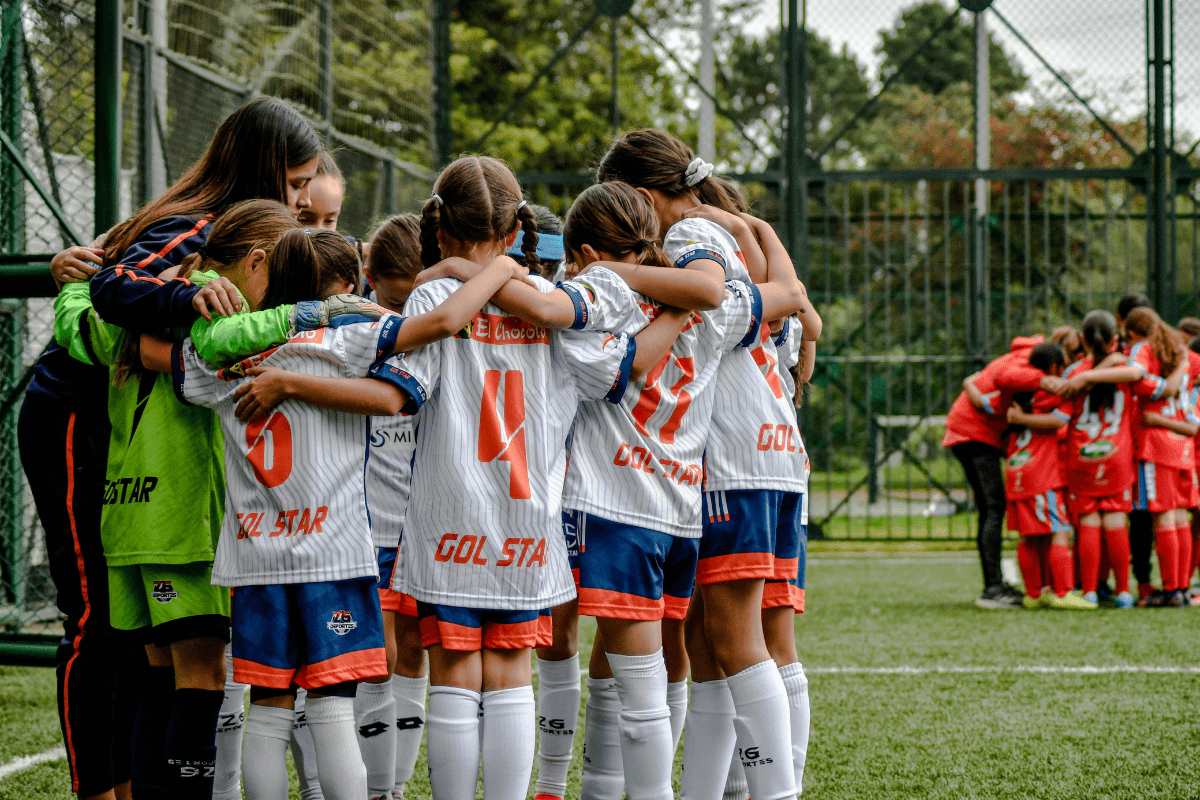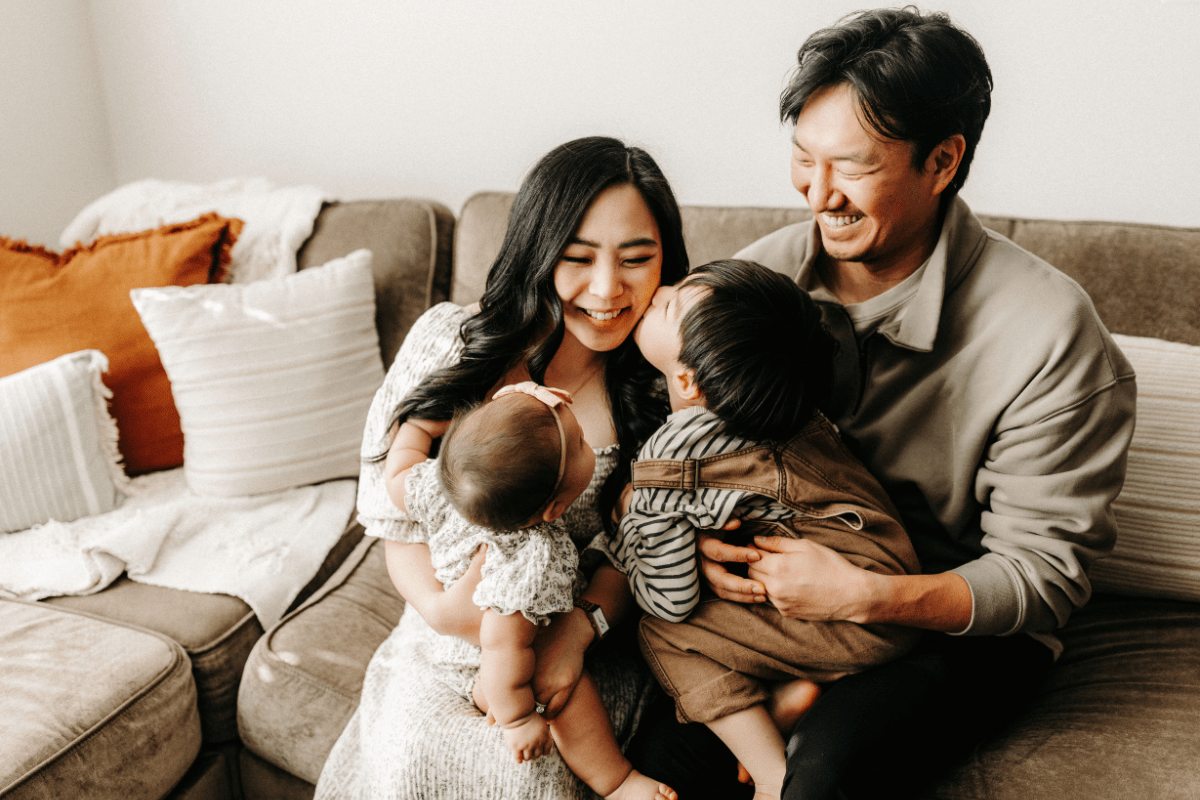Welcome to Seattle, where you can finally stop carrying emergency snacks in your purse because there are actual restaurants that won't accidentally poison you!
Seattle has quietly become one of the world's top gluten-free dining destinations, ranking 18th globally with 26 dedicated establishments where cross-contamination is physically impossible. Your days of sad desk salads are officially over.
The absolute safest restaurants for when you need dinner tonight
Look, we've all been there…standing outside a restaurant googling "is soy sauce gluten free" while your friends wait impatiently. These restaurants eliminate that panic because their entire kitchens are gluten-free.
Ghostfish Brewing Company at 2942 1st Avenue South is basically Disney World for celiacs. This SoDo brewery operates Washington's first completely gluten-free facility, which means you can point at literally anything on the menu without playing twenty questions with your server. Their beer-battered fish and chips ($18-22) uses actual house-brewed gluten-free beer in the batter—yes, you read that right, beer-battered fish that won't make you sick! With 20 different gluten-free beers on tap made from millet, buckwheat, and brown rice, plus real churros with strawberry sauce, Ghostfish is where you go to remember what dining out used to feel like.
The newly rebranded a/stir (formerly Capitol Cider) at 818 E Pike Street feels like the cool restaurant you always wished you could eat at. Their 100% gluten-free and nut-free kitchen serves contemporary American cuisine that doesn't scream "GLUTEN-FREE!" Their cider-battered fish and chips ($18-24) gives Ghostfish serious competition, and with over 170 ciders, you'll never run out of things to try. Perfect for impressing dates who don't understand why you're so excited about eating fried food.
Pizza that doesn't taste like cardboard
Remember when gluten-free pizza was basically cheese on a rice cake? Razzi's Pizza said "absolutely not" to that nonsense. They operate GFCO-certified separate kitchens at their downtown location (1314 Howell Street) and Greenwood spot (8523 Greenwood Avenue North), and USA Today literally named them the "#1 Gluten Free Pizza in the USA." Their G.A.S.P. pizza loaded with garlic, artichoke hearts, sun-dried tomatoes, and pesto ($20-25) proves that gluten-free pizza can be fancy instead of just "regular pizza but sadder."
Your panic-free dining lineup:
- Ghostfish Brewing: Beer paradise with food that matches
- a/stir: Fancy Capitol Hill vibes, zero gluten
- Razzi's Pizza: Award-winning pizza that actually tastes good
- Nuflours Bakery: Where pastries don't crumble into dust
Mainstream restaurants that actually trained their staff properly
Sometimes you want to eat somewhere that doesn't advertise being gluten-free in Comic Sans font. These places get it right without making it their whole personality.
Fine dining where you won't feel awkward
Canlis at 2576 Aurora Avenue North is the restaurant equivalent of having a really good friend who happens to be an amazing chef. They create custom gluten-free tasting menus nightly for $180 per person, which sounds expensive until you realize you're getting a five-course meal that won't send you to urgent care. Their staff actually knows what they're talking about (revolutionary concept!), and they'll modify their acclaimed menu without making you feel like you're personally ruining everyone's evening.
Duke's Seafood has cracked the code on something magical… all their award-winning chowders are naturally gluten-free. All of them! The clam chowder, seafood red, lobster bisque, and corn chowder ($8-12 per bowl) come from dedicated pots, which means no more sadly watching everyone else enjoy soup while you eat another house salad. Fun fact: the owner's daughter has gluten intolerance, which explains why they actually care about getting it right instead of just checking a marketing box.
Asian cuisine that gets the assignment
Bamboo Sushi at University Village (2675 NE University Village Street) operates with 94 of their 97 menu items naturally gluten-free. They use tamari by default (not just when you ask nicely) and maintain a dedicated fryer for their gluten-free tempura rolls ($12-18). Yes, tempura that you can actually eat! Their happy hour from 4-6pm Monday through Friday means you can afford to eat here more than once a year.
Mainstream winners that won't let you down:
- Canlis: Five-star dining without the food poisoning
- Duke's Seafood: Chowder dreams come true
- Bamboo Sushi: Tempura rolls that won't ruin your week
- Musang: Filipino food with serious celiac protocols
How to spot restaurants that will definitely make you sick
Not all heroes wear capes, but they do carry portable gluten testing kits. Here's what the pros look for to avoid disaster.
Green flags that mean you're probably safe
You know a restaurant takes you seriously when they have dedicated equipment that never touches wheat. Ester's Enoteca in Fremont maintains separate fryers, panini presses, pots, pans, and utensils exclusively for gluten-free items. They use fresh cooking surfaces and clean utensils for every single gluten-free order, which is why celiac diners report visiting "20+ times without ever getting sick." That's the kind of consistency that lets you sleep well at night.
The Gluten-Free Food Service validation program found that 98% of gluten-free consumers feel safer at properly validated establishments. Staff training makes the difference between a great meal and an expensive mistake. At Taylor Shellfish, servers tell you about their dedicated fryer before you even ask (proactive communication!), while Elliott's Oyster House servers actually consult with the kitchen about ingredients instead of just shrugging and hoping for the best.
Red flags that scream "run away"
T-Mobile Park has earned itself a reputation that would make a horror movie villain proud. After multiple contamination incidents, including a 2024 case where someone "got violently ill, throwing up 5x and bursting blood vessels" around their eyes from getting the wrong bun, the Seattle celiac community has basically declared it a no-go zone. Pro tip: bring your own food to all Seattle sports venues because even vendors claiming gluten-free options usually have no idea what they're doing.
Here's a fun fact that'll keep you up at night: research shows that 32% of restaurant foods labeled gluten-free actually test positive for gluten above 20ppm. Pizza and pasta are the worst offenders, which explains why dedicated facilities like Ghostfish and Razzi's aren't just nice-to-haves… they're survival tools.
Your server interrogation checklist:
- "Do you have dedicated fryers?" (Not shared ones)
- "Are gluten-free items prepped on separate surfaces?"
- "What training has your staff received about celiac disease?"
- "Can you actually guarantee zero cross-contamination?"
Your cuisine-by-cuisine survival guide
Different types of food come with different levels of natural safety. Think of it as restaurant difficulty levels.
Asian restaurants: Easy mode activated
Vietnamese pho is basically a gift from the gluten-free gods. Rice noodle soups ($12-16) at spots like Pho Bac Súp Shop are naturally safe, and when you ask for separate preparation, they actually know what you mean. Fresh spring rolls with rice paper are your friend, and honestly, after years of avoiding Asian food, you'll probably cry a little the first time you can order normally.
Want to take a short road trip for the ultimate Korean experience? K-Fresh Korean in Everett (20 minutes from Seattle) operates a 100% gluten-free, dairy-free facility. Their bibimbap bowls ($15-18) and Korean BBQ represent the holy grail of Korean dining. Everything is safe, everything is delicious, and you don't have to explain what cross-contamination means.
Mexican food: Corn is your best friend
Frelard Tamales in Green Lake serves 100% gluten-free tamales ($5-6 each) that'll make you forget why you ever worried about Mexican food. They use a color-coded string system to identify flavors (chorizo and cheese, jalapeño and cheese, sweet corn), and everything except the separately packaged tres leches cake is safe. La Cocina Oaxaqueña maintains a dedicated fryer for corn chips, while Lupe's Situ Tacos specializes in crispy corn tortilla magic.
Italian food that won't break your heart
Plot twist: you can actually eat Italian food again! Bizzarro Italian Cafe (1307 N 46th Street) makes house-made gluten-free pappardelle and linguine using separate cooking water and dedicated colanders. Their Forest Floor Frenzy pasta with mushrooms and cream sauce ($18-24) proves that gluten-free Italian can be legitimately fancy. The secret? The owner's wife has celiac disease, so they're not messing around with safety protocols.
Bakeries that will restore your faith in dessert
Remember when you used to be able to walk into any bakery and point at something delicious? These places bring back that feeling.
Nuflours Bakery at 518 15th Ave E is what happens when bakers actually care about making things taste good instead of just "gluten-free." Their GFCO-certified, peanut-free, and rice-free baked goods use a magical flour blend that creates chocolate brownies with "more cocoa than flour." Custom cakes start at $45 (worth every penny for birthdays where you don't have to eat store-bought cookies while everyone else enjoys real cake), and their seasonal donuts and eclairs will make you question everything you thought you knew about gluten-free baking.
Frankie & Jo's serves all-vegan, gluten-free ice cream that somehow tastes better than regular ice cream. Single scoops start at $5, and their house-made gluten-free waffle cones (+$2) are crispy perfection. Multiple locations mean you're never far from happiness.
Dessert destinations that won't disappoint:
- Nuflours: Where brownies have more chocolate than sadness
- Frankie & Jo's: Ice cream so good you'll forget it's healthy
- Ghostfish: Churros that actually exist and taste amazing
- Canlis: Fancy dinner rolls that don't crumble
Real talk about pricing (and why it's worth it)
Yeah, gluten-free food costs more. But getting glutened and missing three days of work costs more, so perspective matters.
Budget-friendly options that won't break the bank
Vietnamese pho restaurants serve naturally gluten-free bowls for $12-16, which is basically the same price as regular pho. Nuflours pastries ($4-8) cost about the same as fancy regular bakeries, and Frelard Tamales at $5-6 each prove that safe eating doesn't require selling your firstborn. These spots make daily gluten-free dining possible without constant financial anxiety.
Mid-range splurges for regular happiness
Ghostfish Brewing ($15-25 per item) and Duke's Seafood entrées ($22-32) fall into the "worth it for peace of mind" category, especially during happy hours when prices drop. Razzi's medium pizzas ($20-25) easily feed two people, and their Monday Meatless specials knock 20% off vegetarian options. Bamboo Sushi's happy hour makes safe sushi a regular possibility instead of a once-a-year treat.
Special occasion dining that justifies the splurge
Canlis tasting menus ($180) and a/stir dinners ($40-60 per person) cost serious money, but think about it this way—you're paying for an experience where you don't spend the entire meal worried about getting sick. When you factor in the cost of emergency room visits from contamination (ask anyone who's been there), these places become investments in your sanity and health.
Your gluten-free community support network
Seattle's celiac community has your back in ways that'll make you feel less alone in this gluten-filled world.
The Gluten Intolerance Group operates out of nearby Auburn with over 28,000 members who've been fighting the good fight since before gluten-free was trendy. They found that 79% of people cite cost as their biggest challenge (validating your grocery store sticker shock), and their advocacy work convinced Governor Jay Inslee to declare May 16 as Celiac Disease Awareness Day in Washington State. Basically, they're doing the political work so you can focus on finding good pizza.
Market data shows the gluten-free food sector growing 9.7% annually toward $3.95 billion by 2030, which means more options are coming but also explains why everyone's trying to cash in on the trend. Seattle's position as a health-conscious testing ground means you get to try innovations first.
Local Facebook groups like "Celiac-Safe Eats – Seattle" and the Gluten Intolerance Group of South Seattle (1,127+ members) share real-time restaurant updates and warnings. The Find Me Gluten Free app consistently ranks Ghostfish as the city's safest bet, with reviewers saying they "recommend it to every celiac coming through Seattle."
Your support system essentials:
- Find Me Gluten Free app for honest reviews
- Local GIG chapters for education and events
- Facebook groups for immediate updates and warnings
- GFCO website for certification verification
The science behind why some places work and others don't
Understanding the technical stuff helps you spot good restaurants faster and avoid expensive mistakes.
Cross-contact and cross-contamination aren't the same thing, despite restaurants using them interchangeably. The Gluten Intolerance Group explains that cross-contact happens when gluten-containing and gluten-free foods touch, while cross-contamination involves harmful bacteria. This matters because preventing cross-contact requires different protocols than standard food safety, and restaurants that don't understand the difference usually mess up both.
Here's a sobering fact: pizza and pasta show the highest contamination rates in restaurants, and things get worse during dinner service when kitchens get frantic and protocols slip. This explains why dedicated facilities aren't just nice-to-haves for high-risk foods… they're necessities if you want to eat pasta without playing Russian roulette.
GFCO certification requires testing below 10ppm gluten (stricter than the FDA's 20ppm requirement), while the GFFS validation program audits restaurant procedures, staff training, and contamination prevention. Seattle spots like Razzi's and Nuflours maintain these certifications through regular testing and protocol audits, which is why they consistently work when other places don't.
With 0.9% of Washington residents having celiac disease and 83% of cases still undiagnosed, Seattle's investment in proper gluten-free infrastructure serves way more people than most realize. As testing improves and more people get diagnosed, restaurants with solid protocols become increasingly valuable community resources.
Seattle has cracked the code on making gluten-free dining actually enjoyable instead of just survivable. From Ghostfish's beer paradise to Canlis's fancy tasting menus, you can explore cuisines without spending half the meal calculating emergency room copays. The combination of dedicated facilities, properly trained staff, and an active community watching each other's backs creates a dining scene where having celiac disease becomes just another dietary preference instead of a social limitation. Welcome to the good life… you've earned it.





